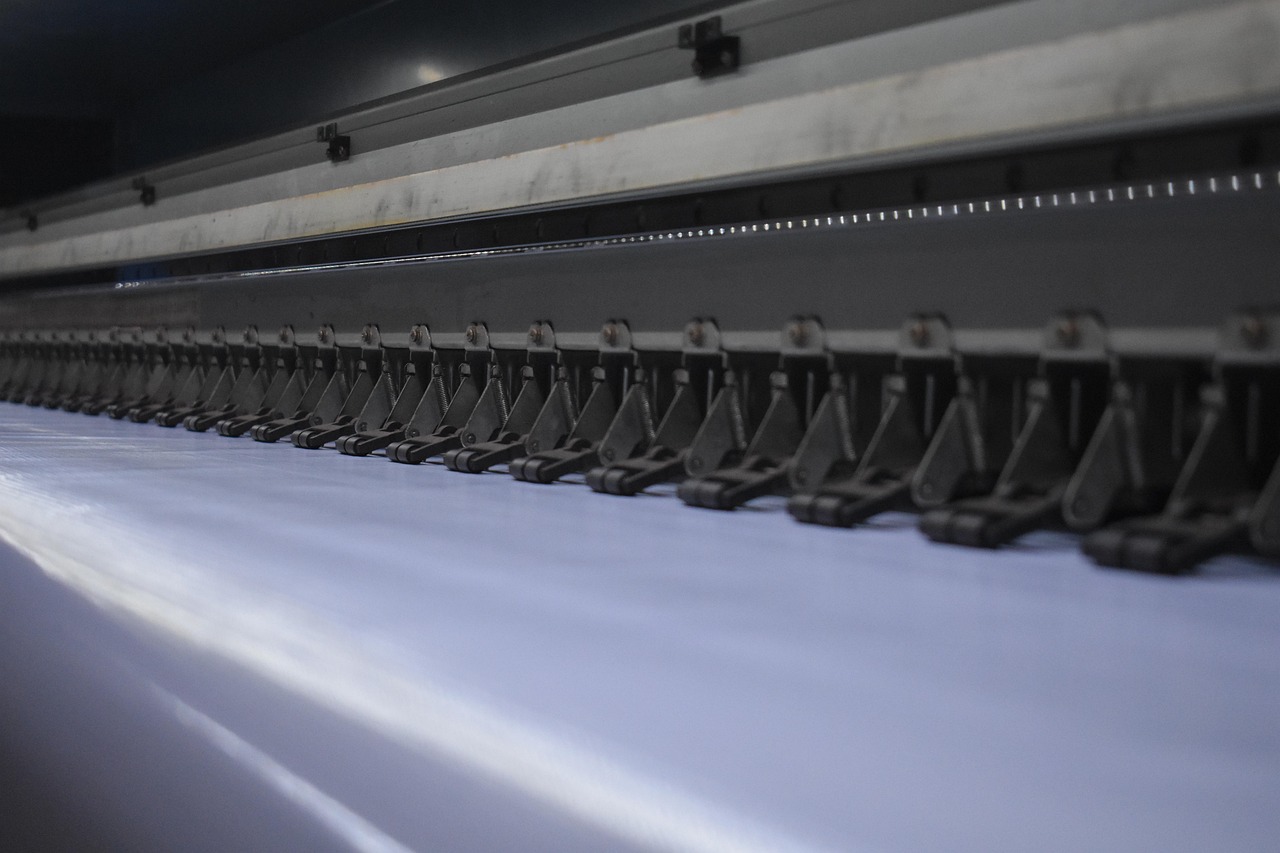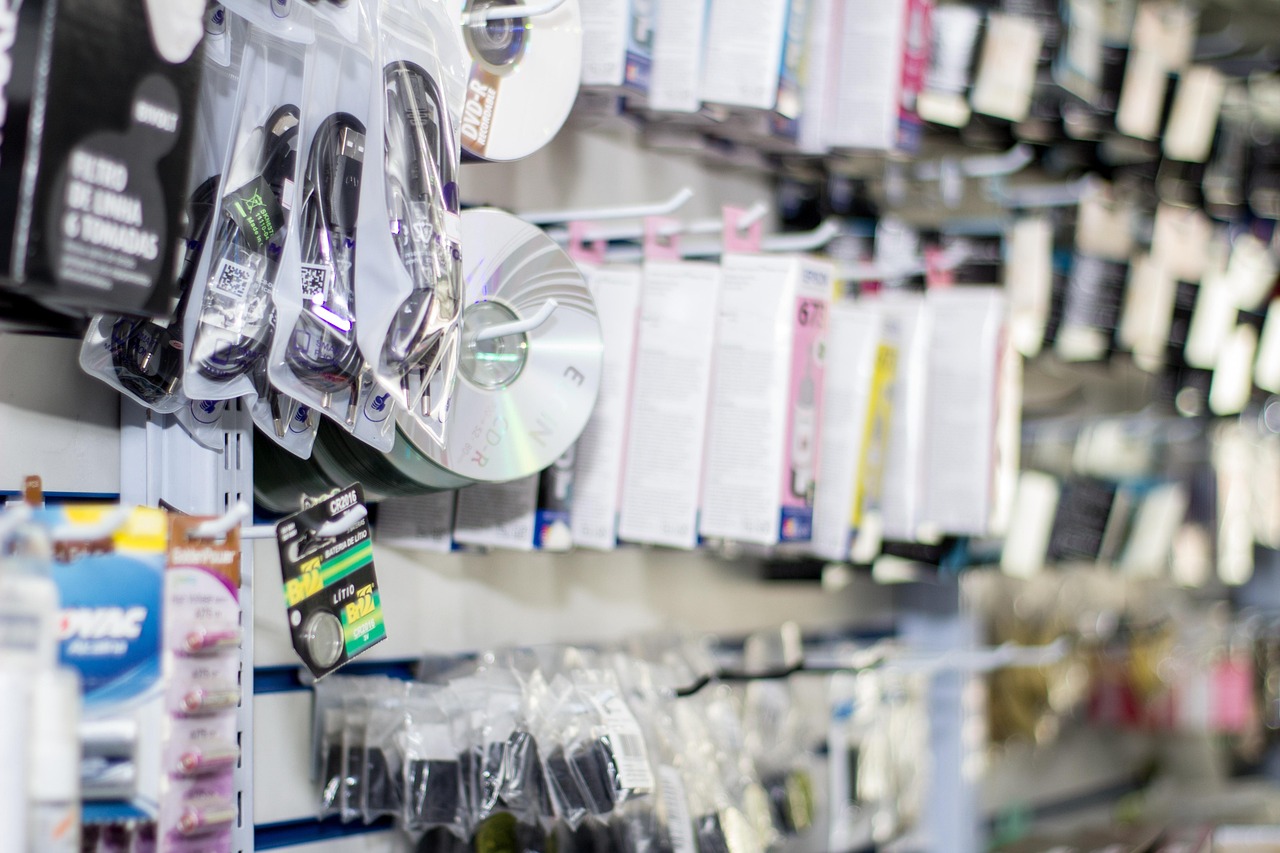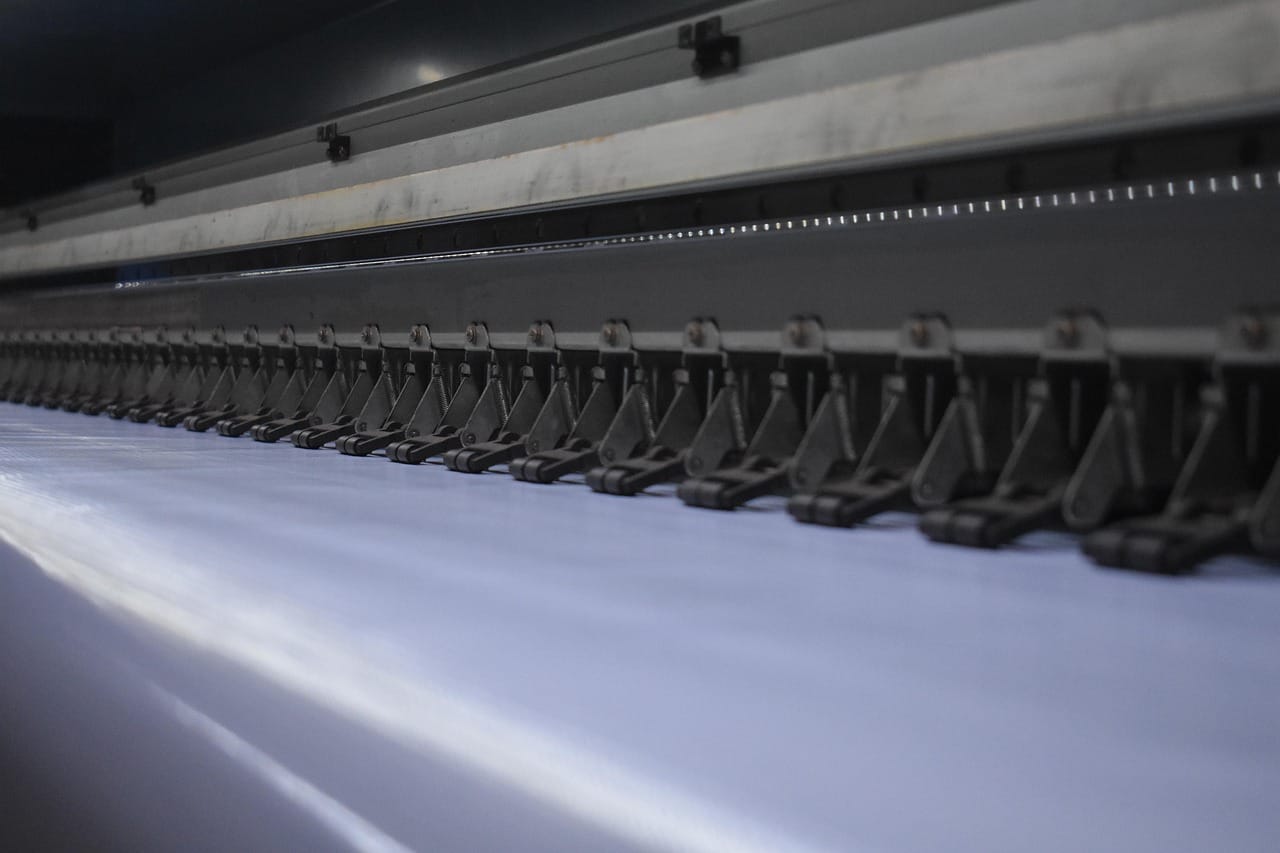Customized Sustainable Print-on-Demand Technology for E-Commerce Growth

customized products sustainable printing
The print-on-demand (POD) industry has grown far beyond its origins as a niche solution for small e-commerce sellers. Today, it represents a transformative force across many sectors by enabling customized products, sustainable printing solutions, and on-demand manufacturing. This evolution is not only revolutionizing how companies approach production but also offering scalable, efficient business models that meet the demands of modern consumers and enterprises alike.
Print-on-demand technologies empower businesses to produce exactly what is needed, when it is needed, reducing waste and inventory costs while increasing operational agility, including customized products applications in the context of sustainable printing solutions. This flexibility extends across industries from fashion to corporate gifting, health and wellness, and beyond. The ability to hyper-personalize products and integrate seamlessly with e-commerce platforms has positioned POD as a vital asset for brands looking to innovate and grow in dynamic markets.
Such adaptability is crucial for businesses balancing evolving customer expectations with environmental responsibility and cost-effectiveness. As a result, print-on-demand is no longer an option solely for startups or small players but a strategic choice embraced by legacy brands and disruptors worldwide (The Print-on-Demand Revolution, 2025).
sustainable print-on-demand technology
The growth of print-on-demand is fueled by advances in technology that enhance sustainability and operational efficiency. Key innovations include waterless printing methods, biodegradable inks, and integrated e-commerce platforms that have redefined industry standards. Waterless printing eliminates the need for water in production, drastically reducing environmental impact by conserving a vital resource and minimizing pollutants. Biodegradable inks further contribute to eco-friendly manufacturing by offering alternatives to conventional chemical-based materials, meeting rising consumer demand for sustainable products in the context of customized products, including sustainable printing solutions applications.
Moreover, the integration of POD systems with e-commerce platforms streamlines order management, inventory control, and shipping. This synchronization automates fulfillment processes, allowing businesses to react quickly to orders without maintaining excessive stock. These technological advancements collectively reduce waste, lower costs, and support environmentally conscious practices, including customized products applications, particularly in sustainable printing solutions.
Adopting these innovations enables companies to align with global sustainability goals and consumer expectations, positioning print-on-demand as a forward-thinking business model that addresses both ecological and economic challenges (Kornit Digital Sustainability Report, 2024).
personalized print-on-demand products
Print-on-demand’s versatility enables it to serve a broad range of industries, each leveraging POD’s unique benefits to meet specific operational and customer engagement goals. Legacy brands like CamelBak use POD to offer highly personalized merchandise, such as reusable water bottles engraved with custom messages or corporate logos. This level of hyper-personalization enhances customer loyalty and unlocks new revenue streams by catering to individual preferences.
The fashion industry is a notable adopter of on-demand manufacturing, reducing excess inventory and fabric waste by producing garments only after orders are placed, particularly in customized products, particularly in sustainable printing solutions. This approach promotes sustainable fashion and cost efficiency, responding to growing consumer awareness around environmental impact.
Health and wellness brands similarly capitalize on POD to create customized yoga mats, gym towels, and water bottles with motivational quotes or logos, fostering deeper brand connections. Corporate gifting has also evolved, moving away from generic items towards premium, eco-friendly products that reflect company values and make lasting impressions, including customized products applications in the context of sustainable printing solutions. These applications demonstrate how print-on-demand supports personalization, sustainability, and operational flexibility across varied market segments (The Print-on-Demand Revolution, 2025).
scalability in print-on-demand
Businesses integrating print-on-demand solutions gain significant advantages that support growth while mitigating traditional manufacturing risks. The foremost benefit is scalability without financial exposure. Unlike conventional mass production, which requires large runs and inventory management, POD enables production strictly based on demand. This just-in-time manufacturing eliminates surplus stock, reduces storage costs, and minimizes capital tied up in unsold goods.
Another critical advantage is enhanced customer engagement through personalized merchandise, particularly in customized products, particularly in sustainable printing solutions. Modern consumers increasingly expect products tailored to their tastes, and POD enables businesses to meet this demand across product categories from apparel to corporate gifts. Customized items foster stronger brand loyalty and increase the likelihood of repeat business.
Finally, print-on-demand aligns with sustainability commitments. By manufacturing on demand, companies considerably reduce overproduction and waste in the context of customized products, particularly in sustainable printing solutions. The use of biodegradable inks and energy-efficient printing technologies further enhances environmental responsibility. Integrating sustainability into core operations positions businesses favorably in markets where eco-consciousness influences purchasing decisions and brand reputation (The Print-on-Demand Revolution, 2025).
print-on-demand e-commerce automation
One of the most effective ways to leverage print-on-demand is through integration with e-commerce platforms, which simplifies and automates the entire customer journey from order to delivery. Automated order fulfillment ensures that once a customer places an order, it is immediately transmitted to POD suppliers without manual intervention, reducing errors and accelerating turnaround times.
This integration also synchronizes inventory and product listings, enabling real-time updates and consistent customer experiences in the context of customized products, including sustainable printing solutions applications. Businesses can efficiently manage product variations, pricing, and availability without maintaining physical stock.
Moreover, integrated systems facilitate scalable growth by accommodating fluctuating demand without operational bottlenecks, especially regarding customized products in the context of sustainable printing solutions. For brands looking to future-proof their logistics and streamline supply chains, POD-e-commerce synchronization offers a competitive edge by combining customization, sustainability, and automation into a single cohesive workflow (The Print-on-Demand Revolution, 2025). What are the key challenges businesses face when adopting print-on-demand models? How can emerging technologies further enhance the sustainability of print-on-demand production?

